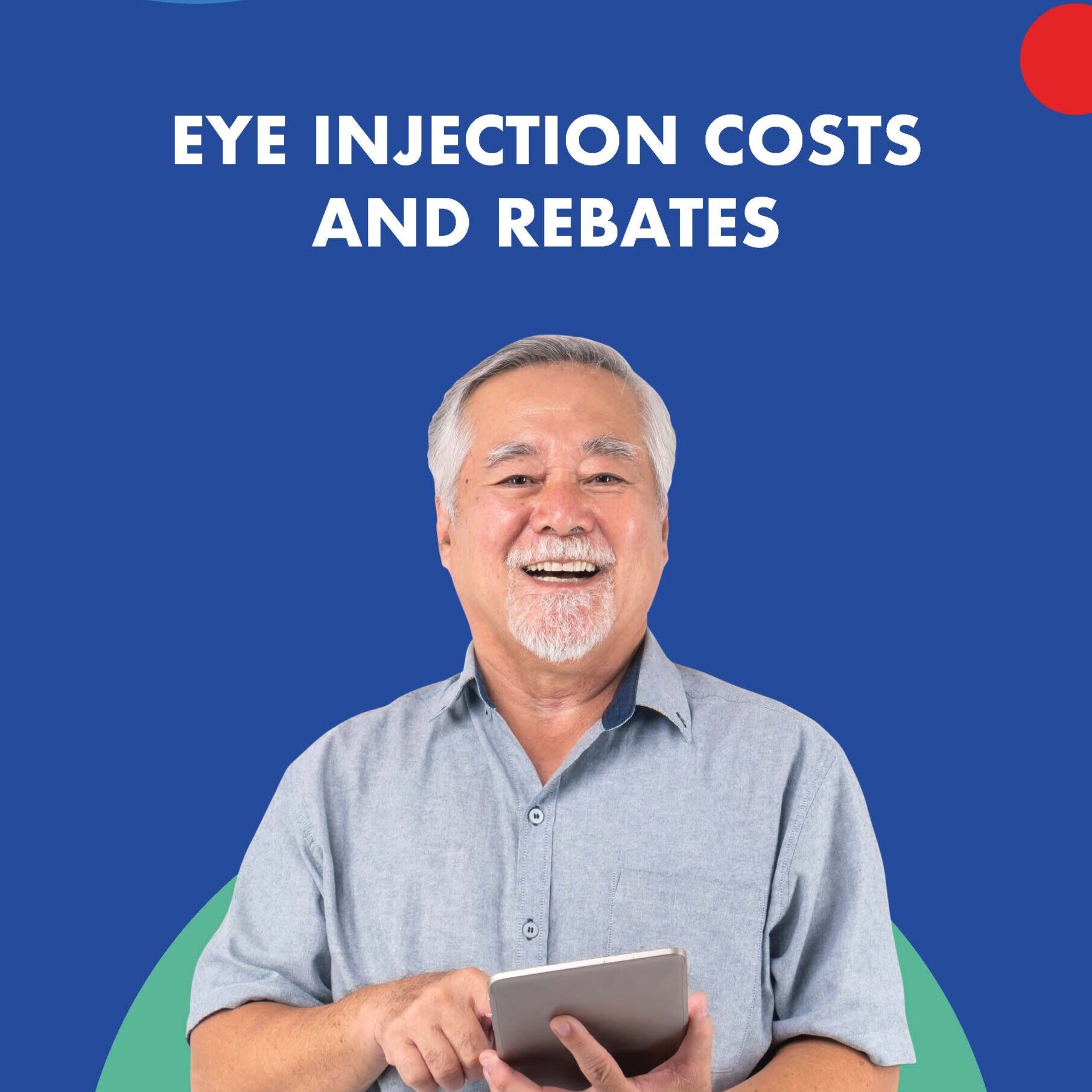Is there treatment for early and intermediate age-related macular degeneration (AMD)?
Currently, there are no medical treatments for early or intermediate AMD. However, researchers are trying to develop treatments that stop or slow progression to late AMD.
Although there are no treatments, studies show that healthy eating and lifestyle changes may help slow down the disease. Consult with a doctor, before you make any changes to your diet or lifestyle.
Nutrition for AMD fact sheet
Download now or visit ‘Resources’ and we’ll send you a FREE copy in the mail.
Download now or visit 'Resources' and we'll send you a FREE copy in the mail.
DownloadAre there supplements for AMD?
Vitamins, minerals or other substances can be taken as a supplement. Dietary supplements can help if your intake of eye health nutrients is inadequate.
Some people diagnosed with AMD may benefit from a supplement based on the Age-Related Eye Disease Study #2 (AREDS2)1 depending on their stage of disease.
If you have intermediate AMD, you should also ask your eye health professional whether AREDS2 supplements are right for you. A number of brands sell supplements based on the AREDS2 formula.
Is there treatment for dry AMD?
There are currently two treatments that have been registered by the Therapeutic Goods Administration (TGA) for geographic atrophy (dry AMD). Find out more about treatments for geographic atrophy (dry AMD) here.
Is there treatment for wet (neovascular) AMD?
Although no cure exists for wet (neovascular) AMD, there are sight-saving treatments available for the condition.
They are most commonly delivered in the form of regular injections to the eye.
Anti-VEGF injections
In wet (neovascular) AMD, the protein vascular endothelial growth factor (VEGF) is predominantly responsible for the abnormal growth of blood vessels and fluid leakage under the retina.
Anti-VEGF medication can block the activity of this VEGF protein, thereby stopping the growth of abnormal blood vessels and fluid leakage.
Standard treatment for wet AMD involves an injection of anti-VEGF medication into the clear, jelly-like substance (called the vitreous) inside the eye.
Eye injections are also called intravitreal injections or IVI
The way ophthalmologists do injections may vary slightly. Generally, however, after a series of diagnostic tests, which may include an OCT to monitor each eye, your ophthalmologist will use a small eyelid speculum. This is a type of medical instrument to keeps your eyelid open and stop you from blinking. Your eye health professional will then apply local anaesthetic to numb the eye. They’ll also use antiseptic to prevent infection.
An ophthalmologist will inject the medication using a very fine needle.
The eye injections shouldn’t be painful, but you may feel some minimal discomfort.
For most people, treatment usually begins with injections at monthly intervals. Your injection schedule will depend on how you respond to the treatment. Your ophthalmologist may extend the time between treatment. But, typically, you’ll receive injections every four to 12 weeks.
What are the side effects of anti-VEGF injections?
After an eye injection, your eyes may feel gritty or sore for a couple of days. You may also see small floaters in your vision. There may be redness (blood) on the white part of your eye (the conjunctiva) where the needle enters. This usually resolves within a week or two.
Are there risks to anti-VEGF treatment?
Yes, there are risks associated with anti-VEGF treatment, but they are very rare.
The risks of injecting medication into the eye may include:
- increased pressure inside the eye
- inflammation inside the eye
- infection inside the eye
- bleeding inside the eye
- retinal tear or detachment.
If you do experience these or any other unusual symptoms following your anti-VEGF treatment, contact your eye health professional as soon as possible.
Download this publication today.
DownloadOther wet AMD treatments
Laser photocoagulation and photodynamic therapy (PDT) are now rarely used to treat wet (neovascular) AMD.
Ophthalmologists sometimes use these treatments in an addition to eye injections, usually for a type of new blood vessels called polypoidal choroidal vasculopathy (PCV).
In some people, treatment can improve vision. However, these treatments don’t cure the disease.
And, as MDFA National Research Advisor Professor Paul Mitchell AO explains, if you need treatment for wet AMD, don’t delay.
Things to remember
If you are being treated for wet (neovascular) AMD
- try not to miss your appointment with your ophthalmologist
- tell your ophthalmologist about any problems you have after an injection
- continue to monitor your vision each day using an Amsler grid, one eye at a time
- immediately report any sudden changes in your vision
- never stop your treatment unless on the advice of your ophthalmologist.
What to ask your eye health professional: Being treated for AMD
References
1. National Institutes of Health. National Eye Institute. Age-Related Eye Disease Study #2 (AREDS2).
Updated in June 2025













